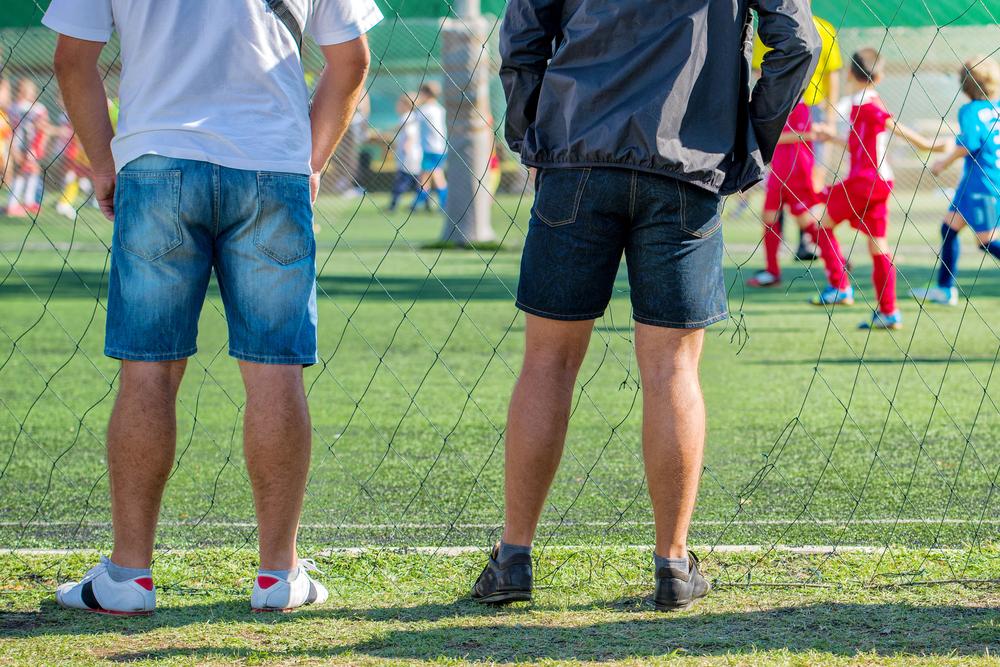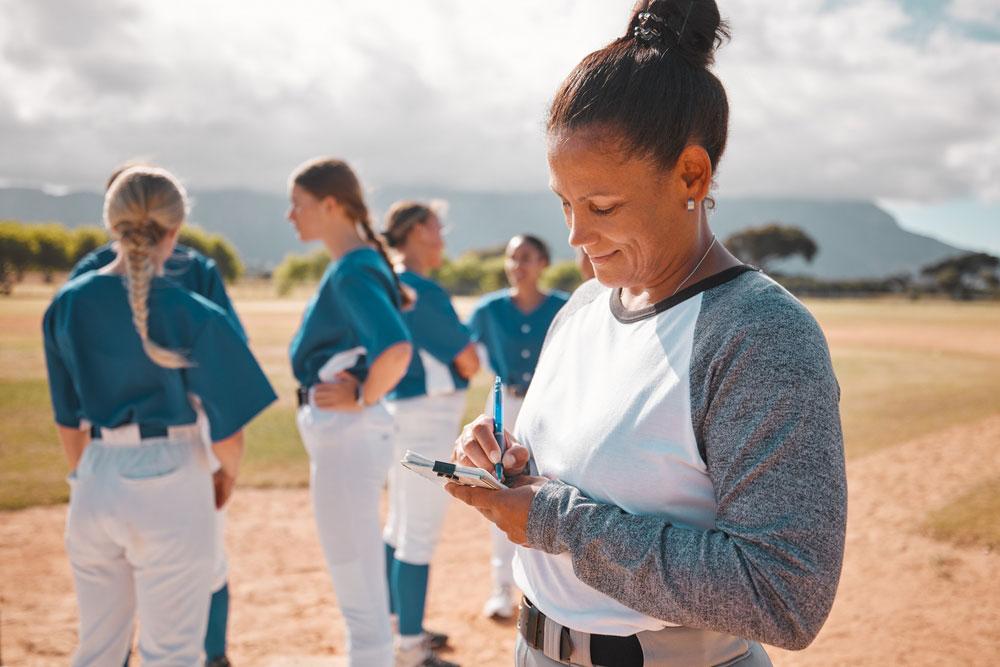6 Ways Parents Can Teach Sportsmanship…Even If You Don’t ‘Get’ Sports
 When adults talk about how to model and teach sportsmanship, we often compartmentalize the discussion to sport. After all, it’s in the word: sports-man-ship. When you take a step back, however, sportsmanship is good behavior and communication in any context.
When adults talk about how to model and teach sportsmanship, we often compartmentalize the discussion to sport. After all, it’s in the word: sports-man-ship. When you take a step back, however, sportsmanship is good behavior and communication in any context.
Children model their behavior and communication styles from what they see and experience, most notably from parents.
Your children emulate the way you behave and communicate at home and in stores and restaurants, as well as to people in authority and to people you have authority over.
All of this translates into the way they interact with teammates, opponents, referees, and coaches in youth sports. Raising a good sport on the field starts by showing kids what being a good sport looks like off of it.
1) Play by the Rules
We know you have your rebellious streak, but remember the real world runs by a set of rules the same way a sport does. If, as a parent, you behave as if the rules don’t apply to you, your young athlete is likely to believe the same is true for him or her. This applies to laws (rules of the game) like stopping at stop signs, as well as cultural norms (traditions) like waiting your turn and not cutting in line.
If as a parent you behave as if the rules don’t apply to you, your young athlete is likely to believe the same is true for him or her. This applies to laws like stopping at stop signs, as well as cultural norms like waiting your turn and not cutting in line.
2) Own Your Mistakes
Two of the biggest lessons youth sports can teach are that everyone makes mistakes and that when they happen, it’s not the end of the world.
Being able to accept ownership of your own mistakes is a big part of learning that second lesson, but it can be difficult for children to own a mistake if their parents project infallibility. Parents who consistently blame others for their own errors, or try to shield their children from accepting responsibility for mistakes, contribute to a young athlete’s sense of being infallible on the field.
3) Be a Team Player
Sometimes as children get older we forget that sharing was a learned skill, and that young toddlers “parallel play” individually in the same environment before learning to interactively play with each other. Teamwork is another learned skill that progresses along with children’s stages of development. This is part of the reason U6 soccer and basketball games often look like a mass of kids following a ball rather than an organized game.
Youth sports are a great place for children to understand and apply the concept of teamwork, but they also need to see the concept modeled outside of competition. Adults use teamwork all the time, not just when there are goals to be scored or competitions to be won. To raise a child who values teamwork on the field, show them that working together is a more effective and efficient way to complete a task and achieve a desired outcome.
4) Avoid Trash Talk
Outside of sports, trash talking for adults consists of snarky comments about another parent (“Her husband is such a loser.”) or the coach (“He has no idea what he’s doing.”), expressions of frustration at other drivers (“Learn to drive, ya moron!”), and of course yelling at the television during sports games (“Are you kidding me?! This ref sucks!”).
For better and worse, we’ve all heard our own words come out of our children’s mouths, and that goes for what they say on the field as well.
5) Say Thank You
Appreciating the services and efforts of others teaches children to do the same. When parents are dismissive to those who provide services or go out of their way to lend a hand, it teaches children they don’t need to be polite or appreciative of people who do something for them. At the extreme, this becomes a sense of entitlement and that the coaches and referees don’t need to be recognized or appreciated because they are only there to serve the athlete.
At the extreme, this becomes a sense of entitlement, that the coaches and referees don’t need to be recognized or appreciated because they are only there to serve the athlete. There are many quotes similar to this, but many might remember Albert Einstein’s version: “I speak to everyone in the same way, whether he is the garbage man or the president of the university.”
6) Disagree Respectfully
The way parents handle disagreements is the way our children learn to do it. Whether it’s a disagreement between parents or with an adult friend, a coworker, a driver, or a counter clerk, the way you conduct yourself provides the example for how your child will handle his or her own disagreements with teammates, opponents, coaches, and referees.
It’s important to show children they can disagree and can advocate for their desired outcome, but that disagreements cannot devolve into disrespectful words and behaviors toward another person.
—
Perhaps the most important of all the examples above is the ability to own your own mistakes, because we’ll all make some related to every one of the other examples in this article.
We will lose our cool with the guy who cuts us off on the highway, take over a task to just get it done instead of playing the teammate role, roll through a stop sign, forget to say thank you when we’re in a hurry, and say things we wish our children hadn’t heard.
Life isn’t about perfection, and neither are youth sports, but we can all get better through the pursuit of excellence.



